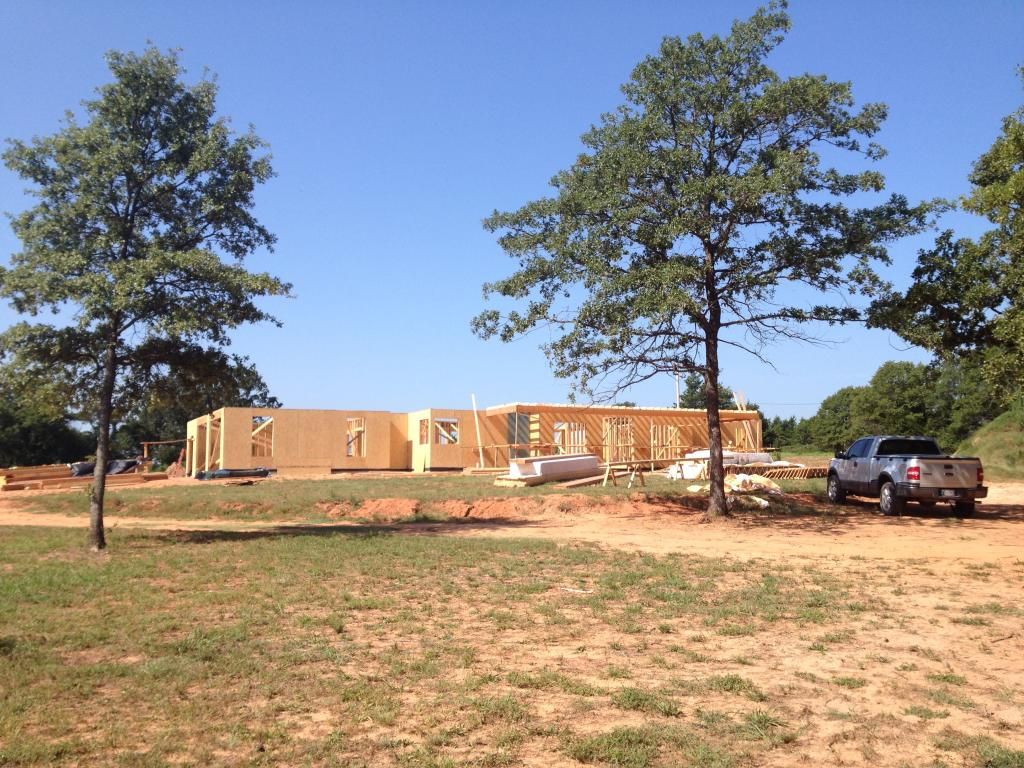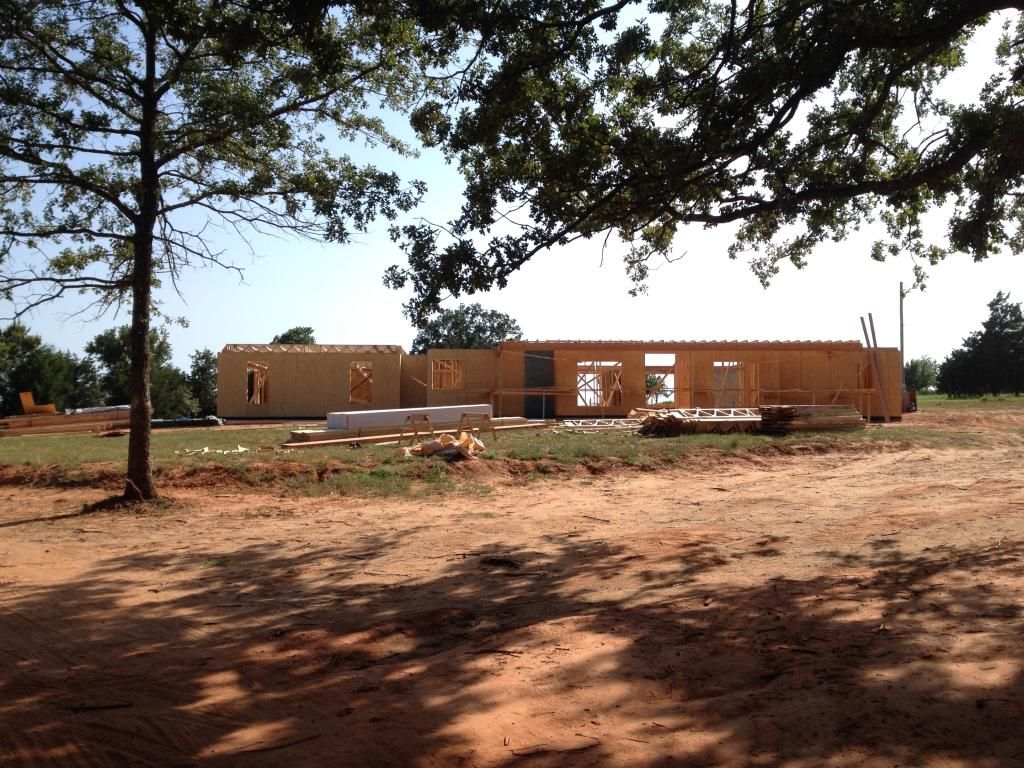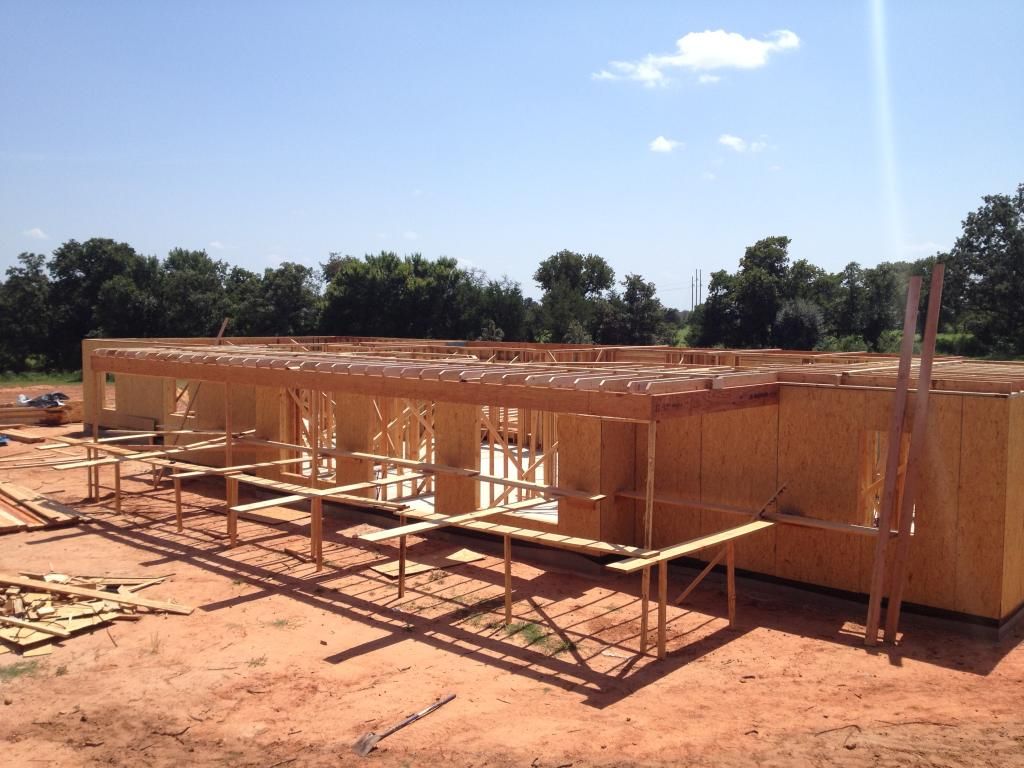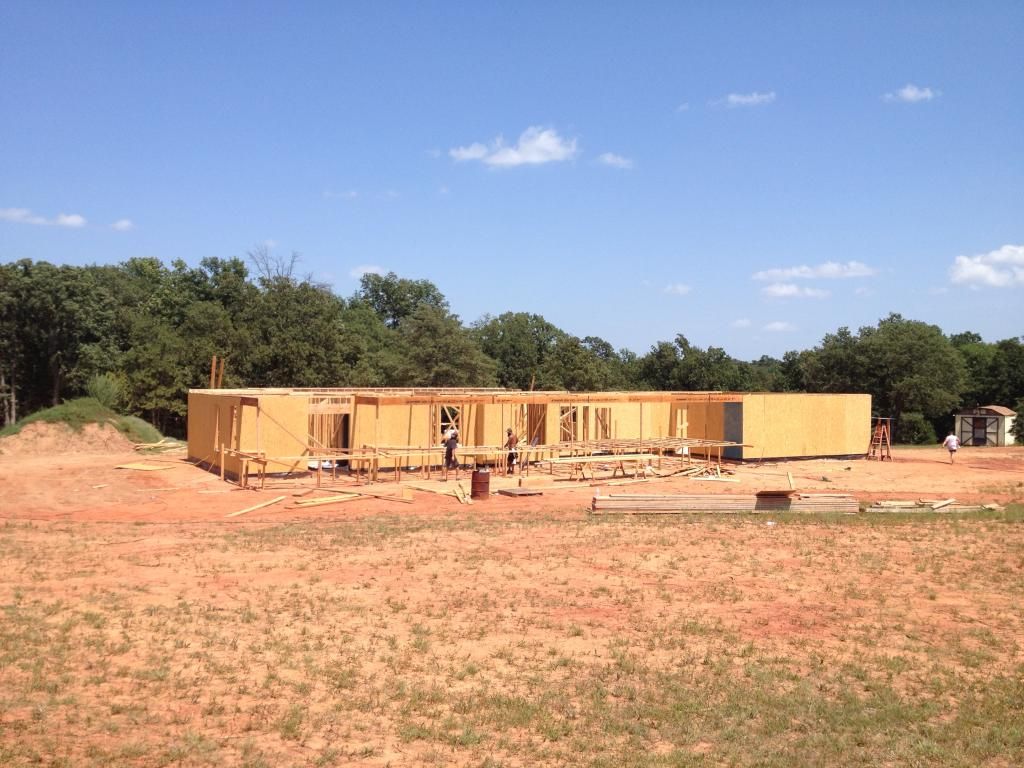Fail-safe planning is always challenging.
Something like tornadoes make it more so since they are unpredictable to begin with and do strange things to boot. I don't know the statistical chance of a tornado, it has to be pretty small. On top of that, the chance that a tornado would block the safe room exit to the extent that cutting tools are needed is pretty small too I would think.
I used to deal with the same ideas doing database work. Off-site backup storage, lease agreements with disaster recovery sites, remote mirrored disk storage and so on. The likelihood of needing any of that is very small, but if you did need it and didn't have it, the company would die from the disruption of business. Sort of like people in bad storms.
The safe room is a great idea. I'm not sure what sort of logic can be applied to maximize its effectiveness as a storm refuge, but if it is worth having, then it is worth making as good as possible within the usual constraints. This would be my short-list of things to try prepare for:
1) Being trapped inside by debris.
It could be a two-by-four or the entire gable end of a roof, a vehicle, pile of cows

. No way to predict. A really freak occurrence would be something that damages the door making it unopenable. I think the impact of flying 50' oak tree might do that.
2) Fire following a storm.
Natural gas or propane leak, fuel in vehicles are all ignition points and there would be no shortage of combustible material around. Some tornado remains are swept bare, some are piles of stuff that burn. Don't know what would useful beyond a fire extinguisher? Heat repellent blankets like smoke jumpers carry? Breathing masks?
3) Able to support those inside for at least 24 hours.
Food, water, prescription drugs, etc.
4) Self reliance.
You could be on a list, but the responders will be overwhelmed in a large event. They could be excused for assuming you are safer (and less critical to rescue) than someone under a pile of debris or just plain searching for those missing. In any case it takes time, manpower, equipment on site, and coordination. Best case would be family or friends not too far away that know to come looking for you. There is no absolute guarantee they would be allowed to enter the disaster area, but they would be your advocates certainly if they were denied entry.
Logically, every step or entity you add to a solution is a potential point of failure, and certainly it will add time. Self reliance can eliminate some of that.



